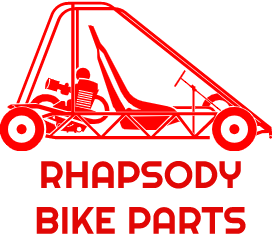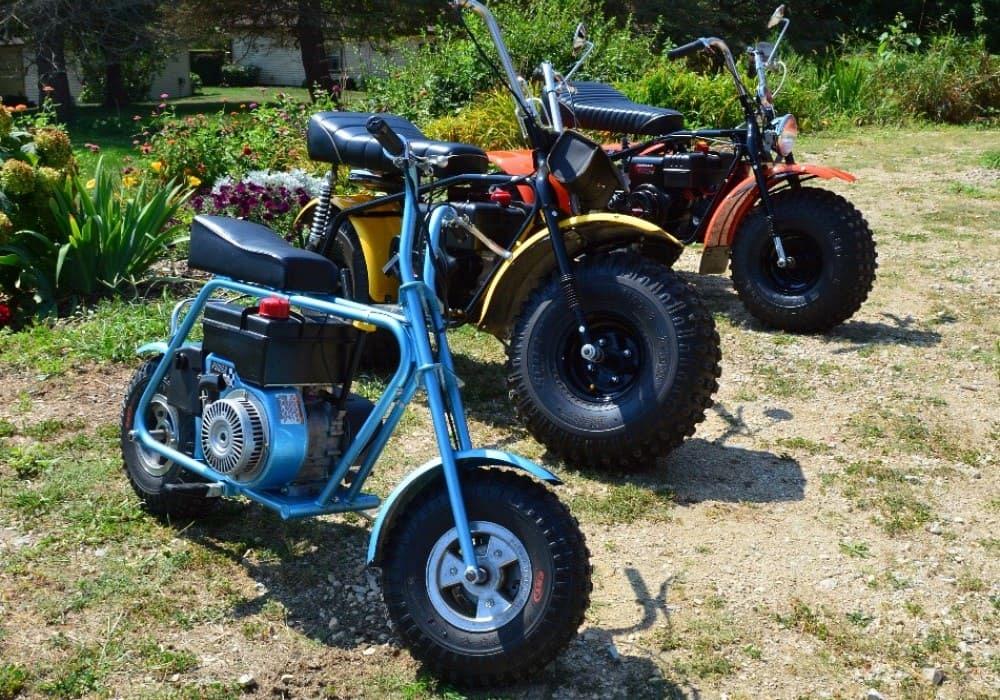Minibike parts the many business restrictions put in place in spring 2020 to combat the COVID-19 epidemic put millions out of work and devastated many industries. Some business segments thrived.
Lumber yards and home improvement stores were consider essential and remained open. Many racked up quite a bit in sales on weekdays and business boomed all weekend long. Homeowners who weren’t affect by the tsunami of job losses certainly weren’t eating meals in restaurants, going to the movies, or doing much else. So many had some extra time and money to take up overdue home improvement and landscaping projects.
It was also boon to metal vendors such as Metal Supermarkets, a company that deals exclusively in small quantities of metals. Comprising more than 80 brick-and-mortar stores in the U.S., Canada, and the U.K., it deals in steels of many varieties, along with copper, brass, and bronze. The company also offers quite a few fabrication services, including cutting, shearing, drilling, punching, and notching.
Its customers run the gamut, from artists working on sculptures to entrepreneurs building widgets to homeowners repairing trailers or campers. Two of its customers are Gary Kittner and Rick Chatten, who often rely on the company for sheet, plate, and quite a bit of tube for a niche hobby they share with a small but growing group of like-minded individuals: refurbishing old minibikes.
Minibike Madness
Motorized bicycles, motor scooters, motorcycles, all-terrain cycles, and minibikes have origins that go back more than a century. The Indian Motocycle Mfg. Co. in 1901, Harley-Davidson was found in 1903, and Cushman Motor Works was form in 1903. The first two roll out two-wheelers that essentially bicycles with engines; Cushman made a smaller version, a motorize scooter. All three landed coveted military contracts and delivered many motorcycles and motorized scooters to the U.S. Army as part of the war effort in the 1940s, which certainly helped to popularize two-wheeled motor vehicles.
A few hobbyists probably try their hands at building their own scale-down motorcycles or minibikes, but the commercial origin of the minibike era is to have taken place in 1959 in Plymouth, Mich. Three brothers involved with racing, Ray, Larry, and Regis Michrina, added a motor to a scooter so they’d have transportation in the pit area. The pit bike caught on, and it wasn’t long before small, motorized bikes were common at racing events. Eventually the concept found a much bigger customer base, one that went far beyond the gearheads who loved racing. Recognizing the market potential, several manufacturers developed minibike designs during the 1960s and 1970s and, in doing so, helped to develop the market.
“In the 1980s there were 124 companies manufacturing minibikes,” Chatten said.
Keeping it Simple with Minibikes.
Simplicity was the key. It was easy to find a suitable engine and put together a drivetrain. Making a tubular frame, adding some gussets and braces, and making a fork-and-handlebar assembly required little more than a sketch, some common shop tools, and a smidgeon of ingenuity. As long as the design didn’t include any castings or stamped parts, all of this could be done in essentially any manufacturing shop (and quite a few garages, for that matter). The Michrinas did it, and so did many others. The barriers to entry were so low that they were essentially nonexistent, so nearly any company that made lawn mowers; snowmobiles, golf carts, or any other motorized equipment could get into the market.
Keeping them simple had a second advantage. Like most activities, riding a minibike comes with a certain amount of risk. Simple designs lead to simple assembly when the minibike is sold in kit form, the buyer assembles it. And some manufacturers saw this as an avenue to relieving some of the burden of liability.
Buy MiniBike Online
Longtime fabricators and minibike enthusiasts Gary Kittner (left) and Rick Chatten look over two of Kittner’s bikes. Handlebar-and-fork units can be straightforward with easy bends (foreground) or somewhat more complex systems with suspensions and severe bends.
A third advantage? A design devoid of stampings, forgings, or castings is a big help in repairs or restorations. Nearly any hobby fabricator with a few shop tools and a reliable metal supplier can make or repair most of the components needed to make an old minibike trailworthy again.
Kittner, who raced a Kaiser Henry J in the 1970s in Sacramento, Calif., used a minibike to get around in the pit area between races. Chatten, a veteran fabricator and longtime minibike enthusiast, has been so successful at making replacement parts that he makes them for sale to other hobbyists and even supplied parts to a minibike manufacturer for a few years. He and Chatten are walking, talking treasure chests of minibike information.
Many Minibikes, Many Styles. Although many of the minibikes were build to fit young riders, many models were something bigger than mere child’s play.
“Some were develop for farmers,” Kittner says. Farmers do much more than planting and harvesting over hundreds of acres. Keeping a farm up and running comprises dozens, scores, or even hundreds of little projects every year. Whether welding a broken tool in the workshop or repairing a fence at the far end of the spread. A three-wheeler equipped with a cargo area is ideal for hauling tools and supplies hither and yon. And some even had trailer hitches for the same reasons.
Others were design for campuses, which would certainly ease similar burdens in running errands, ferrying supplies, doing landscaping work. And carrying out repairs in a university, hospital, or corporate campus environment.

